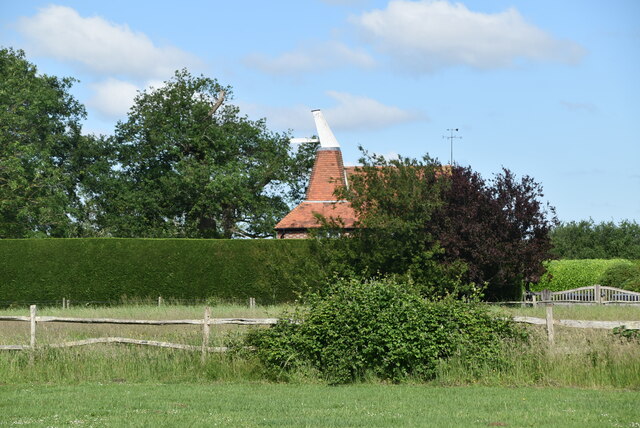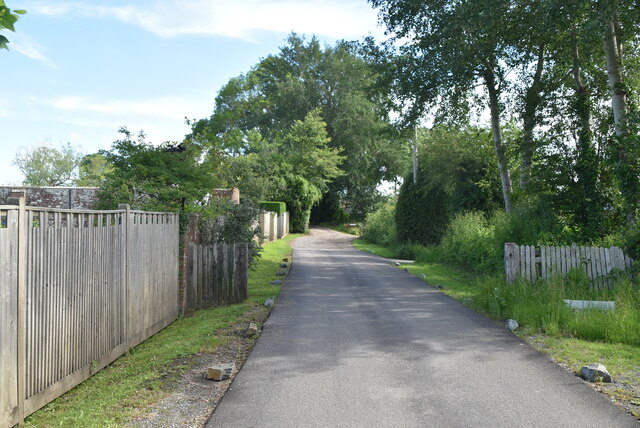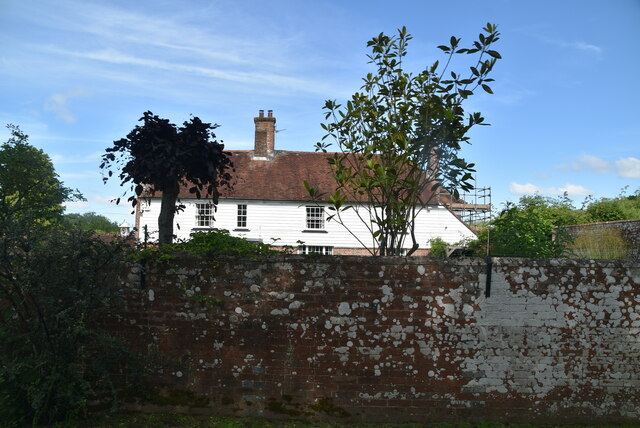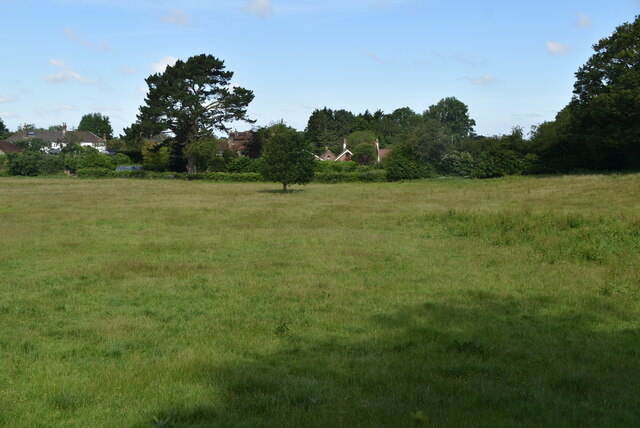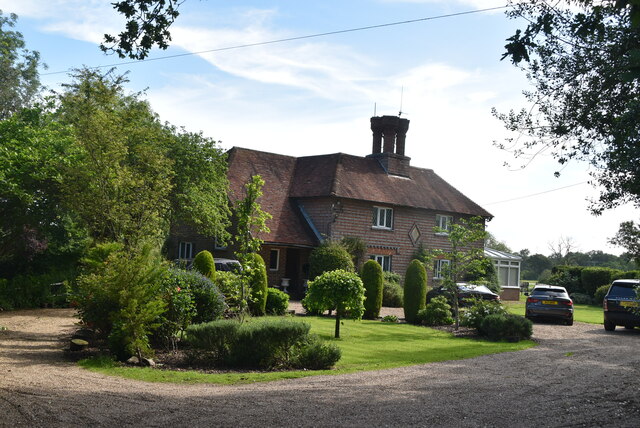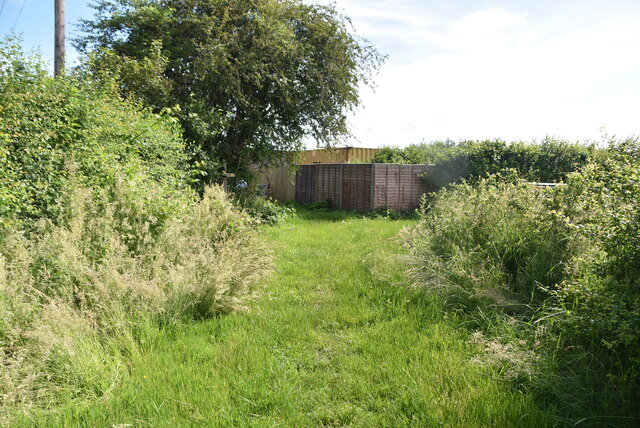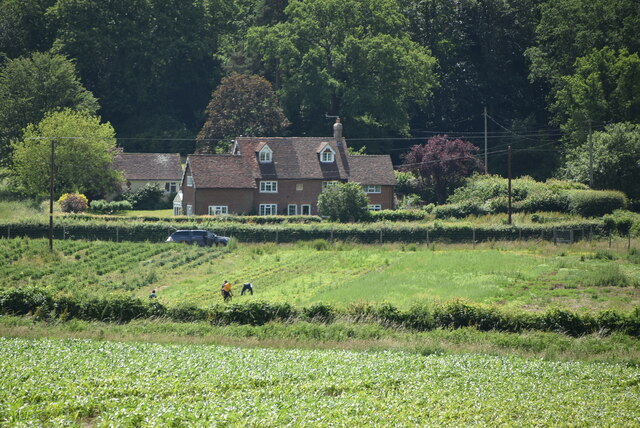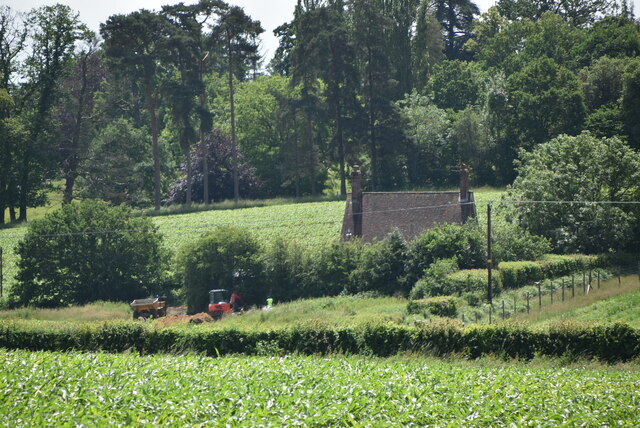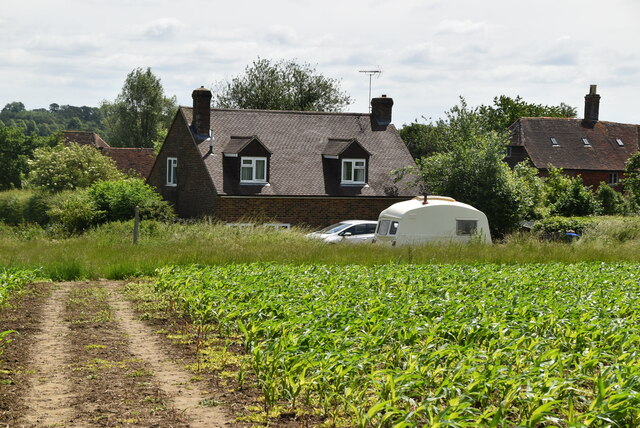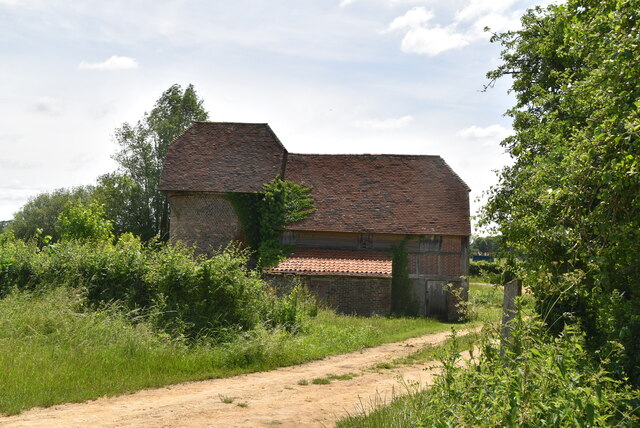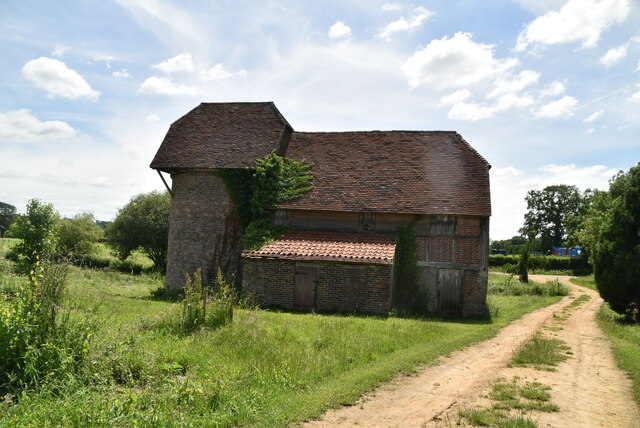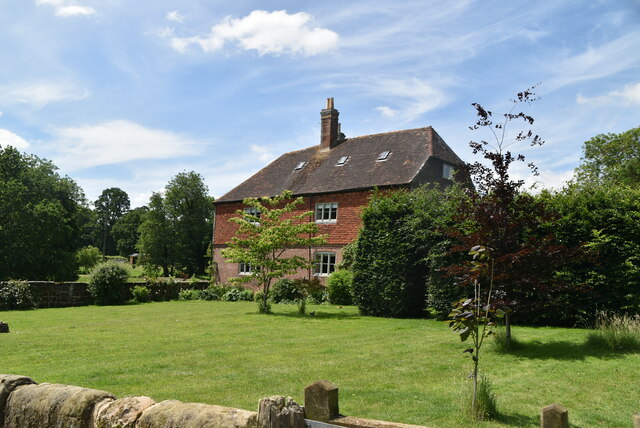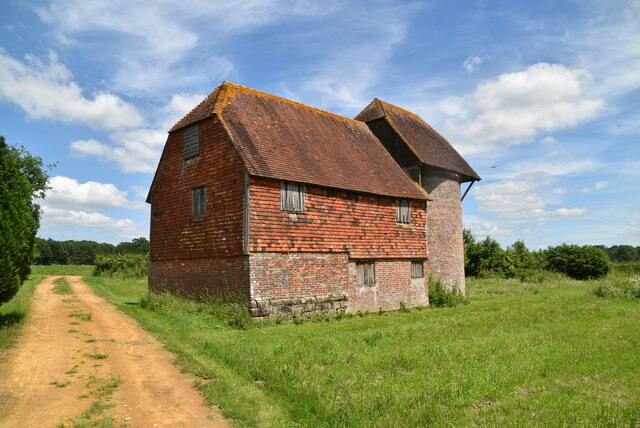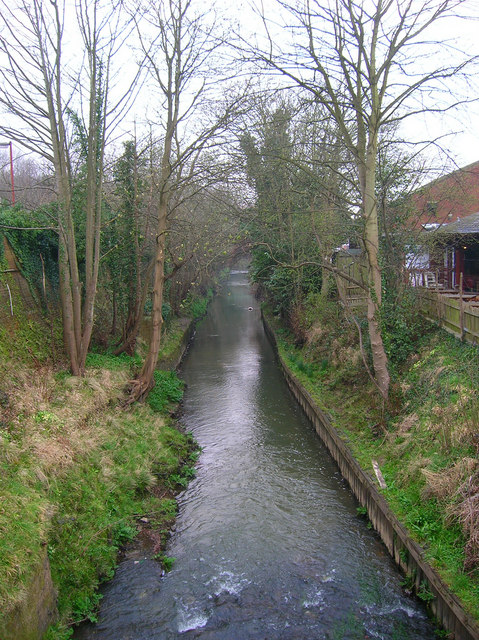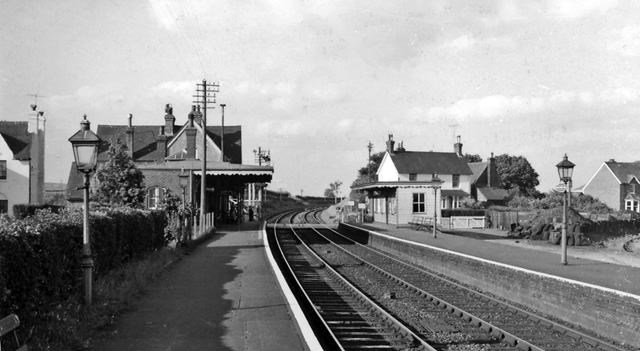Down Coppice
Wood, Forest in Sussex Lewes
England
Down Coppice
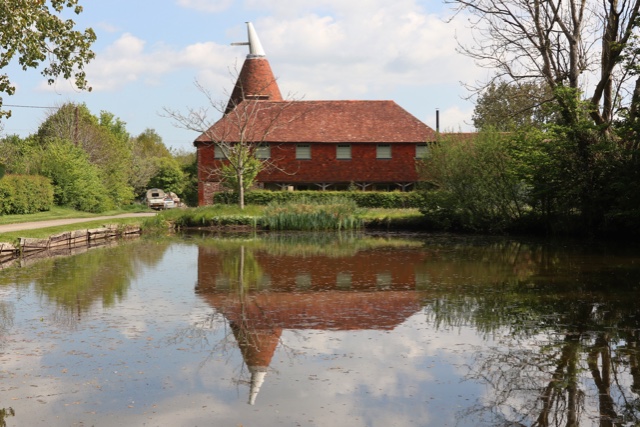
Down Coppice is a picturesque woodland located in Sussex, England. Situated in the heart of the South Downs National Park, it covers an area of approximately 50 hectares. The woodland is primarily composed of broadleaf trees, including oak, ash, beech, and birch, creating a diverse and vibrant ecosystem.
The forest floor is rich in flora and fauna, with a carpet of bluebells in the spring and an array of wildflowers throughout the summer months. The wood is also home to a variety of wildlife, including deer, badgers, foxes, and a wide range of bird species, making it a popular spot for nature enthusiasts and birdwatchers.
Down Coppice offers several walking trails, allowing visitors to explore the natural beauty of the woodland. These paths wind through the trees, providing stunning views of the surrounding countryside. The tranquil atmosphere and peaceful surroundings make it an ideal place for a leisurely stroll or a picnic with family and friends.
The woodland is managed by the local authorities, who ensure the preservation of the natural habitat and maintain the trails for visitors' convenience. They also organize educational events and workshops to promote environmental awareness and conservation.
Overall, Down Coppice is a charming woodland retreat in Sussex, offering a peaceful escape from the hustle and bustle of everyday life. Its natural beauty, diverse wildlife, and well-maintained trails make it a must-visit destination for anyone seeking a connection with nature.
If you have any feedback on the listing, please let us know in the comments section below.
Down Coppice Images
Images are sourced within 2km of 50.938701/0.035816482 or Grid Reference TQ4317. Thanks to Geograph Open Source API. All images are credited.
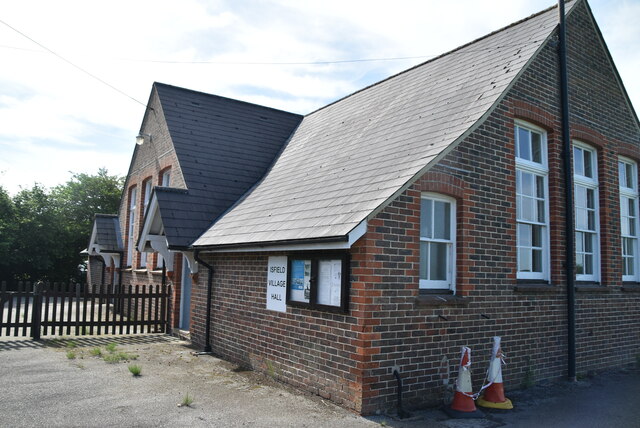
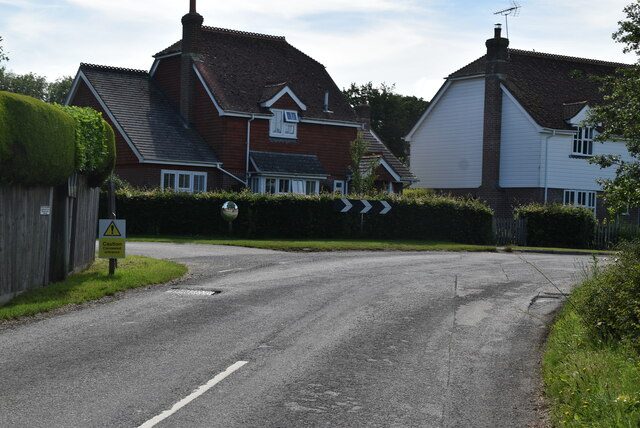

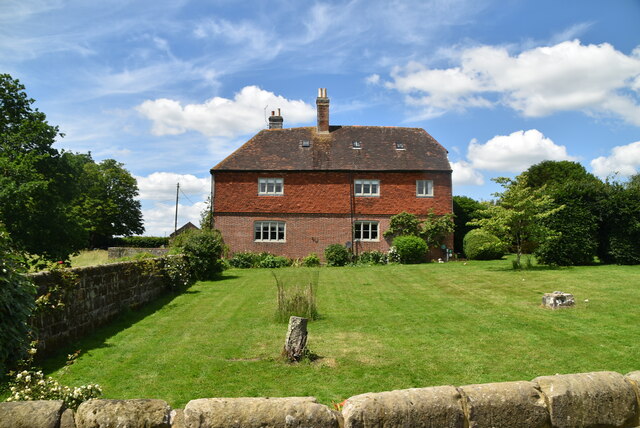
Down Coppice is located at Grid Ref: TQ4317 (Lat: 50.938701, Lng: 0.035816482)
Administrative County: East Sussex
District: Lewes
Police Authority: Sussex
What 3 Words
///published.composts.copying. Near South Chailey, East Sussex
Nearby Locations
Related Wikis
River Uck
The River Uck is a river in East Sussex, United Kingdom, which drains a catchment starting near Crowborough in the North, Hadlow Down to the East and Laughton...
Isfield
Isfield is a small village and civil parish in the Wealden District of East Sussex in England, located north-east of Lewes. == History == The village of...
Isfield railway station
Isfield is a preserved railway station on the closed section of the Wealden Line which served the East Sussex village of Isfield near Uckfield. Originally...
Lavender Line
The Lavender Line is a heritage railway based at Isfield Station, near Uckfield in East Sussex, England. == History == The Lavender Line was originally...
Barcombe Mills
Barcombe Mills is a small settlement and an area of countryside including a local nature reserve near the village of Barcombe Cross in East Sussex, England...
Barcombe
Barcombe is an East Sussex village and civil parish in the Lewes District of East Sussex. The parish has four settlements: old Barcombe (TQ 418 143), the...
Barcombe railway station
Barcombe was a railway station serving the village of Barcombe in East Sussex. It was part of the East Grinstead to Lewes line, part of which now makes...
Barcombe Mills railway station
Barcombe Mills is a disused railway station in the hamlet of Barcombe Mills, on the closed section of the Wealden Line. The station was opened in 1858...
Nearby Amenities
Located within 500m of 50.938701,0.035816482Have you been to Down Coppice?
Leave your review of Down Coppice below (or comments, questions and feedback).
